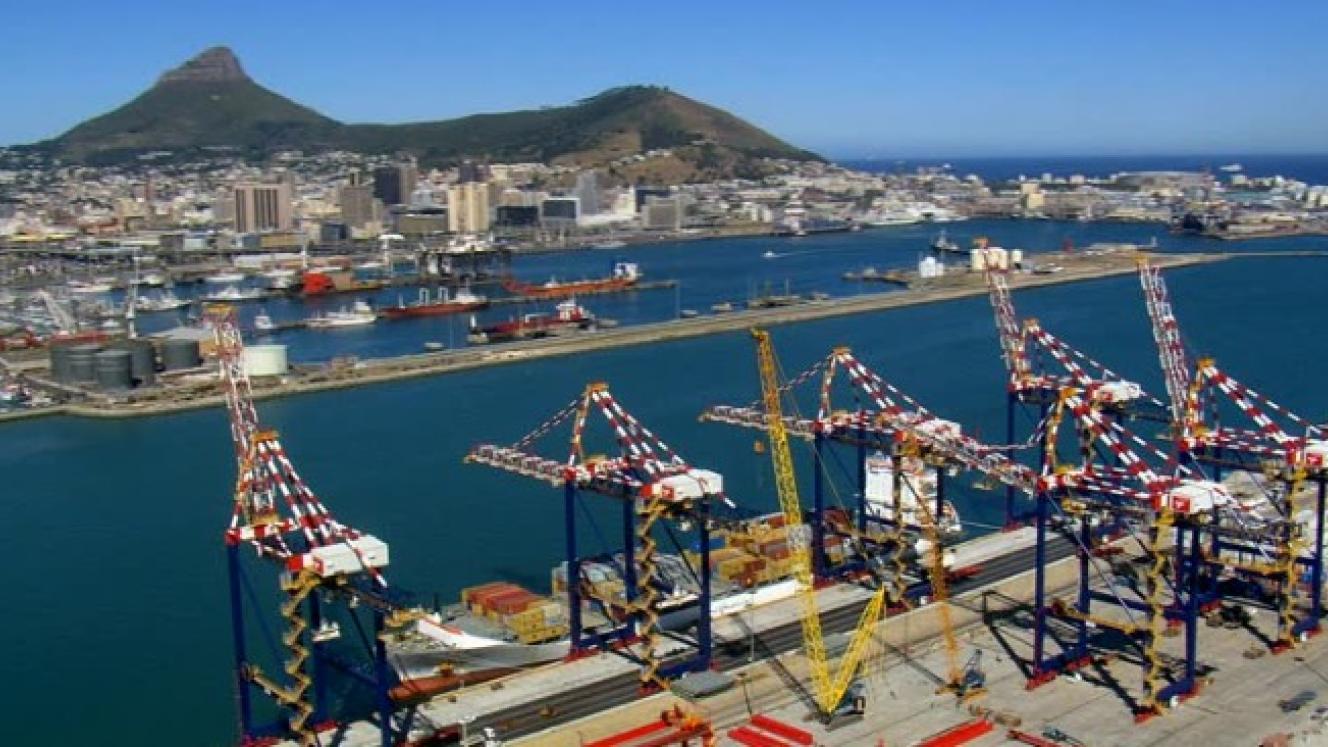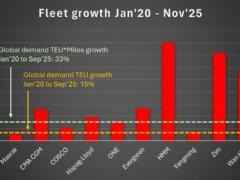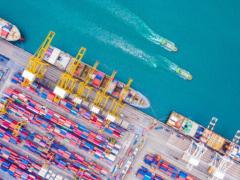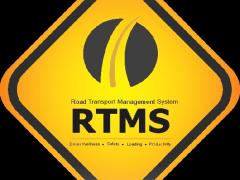The Ports of Auckland has bowed to pressure and ceased its automation project at the Fergusson Container Terminal which it claimed would have boosted its container handling capacity by just over 900 000 TEUs per year, to around 1.6 million.
“This is a positive decision which will come as a relief to many at Ports of Auckland and in the wider supply chain,” said CEO Roger Gray following the announcement.
Unions have welcomed the move, with the International Transport Workers’ Federation’s Paddy Crumlin commenting: “The brutal reality here for Ports of Auckland and its sole shareholder and owner, Auckland Council, is that this decision and the write-off of NZ$65 million would never have happened if management valued the knowledge and expertise that its workforce brings to decisions about lifting port capacity, productivity, and profitability.”
He believes the Auckland Council should put a worker on the Ports of Auckland Board. “What more vindication do we need that the people who know this port better than anybody else must not only be consulted, but their collective views should be represented and valued at the decision-making table,” said Crumlin.
When the Ports of Auckland first announced its automation plans in 2015, it was fresh off the back of a drawn-out dispute with unionised waterfront workers. Management said that in the initial phase of the project, some 50-70 of the port’s 320 stevedores would be replaced by automated carriers, with more to follow by the time the project was slated for completion in 2019. “Seven years later, the project is still not complete. Instead, it has been marred by delays and safety concerns, and has actually harmed the port’s productivity,” said Crumlin.
In November 2020, one of the new automated straddle carriers lost control and slammed into a stack of others. In June 2021, another went ‘rogue’ due to a software issue and hit a container. The port company temporarily suspended use of the machines pending a safety review. Software glitches are said to have regularly taken the carriers offline.
Each carrier weighs 70 tonnes unloaded, and over 100 tonnes total when carrying a full container box. They move across the wharf at over 22 kilometres per hour - a force of weight easily capable of killing a person.













